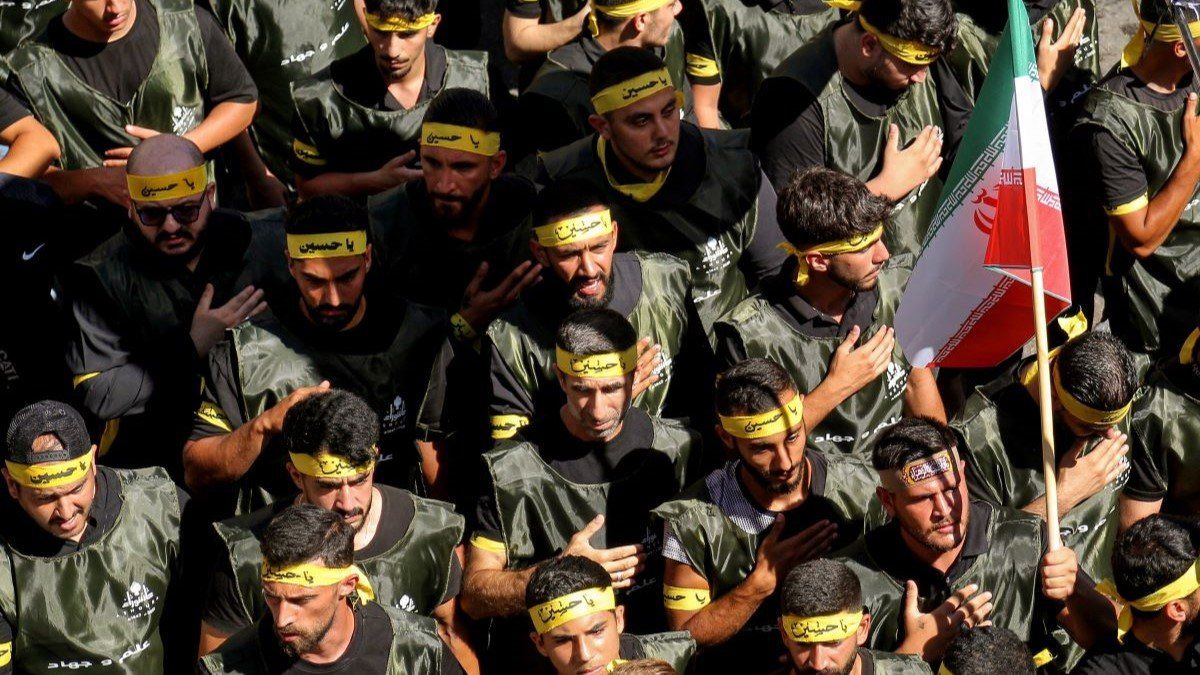On Wednesday, the Trump administration’s envoy to Lebanon, Tom Barrack, received a stunning proposal from the Lebanese government– a plan to disarm Hezbollah, the powerful Iran-backed Shia militia group that has dominated Lebanon’s politics and fought two major wars with Israel over the past 20 years. The process would occur over the next four months, in exchange for Israel halting strikes on Lebanon and withdrawing from the country’s South.
If Hezbollah were to drop its weapons it would redefine the Middle East virtually overnight. But can the Lebanese government really turn this proposal into reality?
On the one hand, Hezbollah has never been weaker. Over the past year and a half, Israel has decimated the group’s leadership and destroyed a great deal of its weapons. The collapse of the Assad regime, a key ally, upended a major smuggling route for weapons from Iran. And the regime in Tehran itself has been hobbled by the recent Israeli and American airstrikes.
Hezbollah has not publicly responded to the proposal, but is reportedly at least considering shrinking its arsenal. However, according to Eurasia Group’s Middle East expert Firas Maksad, “Hezbollah could just be buying time” by appearing open to diplomacy, hoping that the winds in the region shift back in its direction.
Why does the Lebanese government want Hezbollah to disarm? Hezbollah, which enjoys support from Lebanon’s sizable Shia population, is a major challenge to the Lebanese government. The group dominates South Lebanon, providing social services to the population, and it makes decisions about war and peace in the conflict against Israel without the national government’s consent.
“With the exception of Hezbollah’s support base, most Lebanese very much would like to see strengthened state authority and control over weapons,” says Maksad.
They aren’t the only ones. Wealthy international donors, including the US and the Gulf Arab monarchies, have made it clear that desperately needed financial and reconstruction aid won’t flow to the Lebanese government while a powerful armed group like Hezbollah operates effectively beyond state control.
What would it take for them to disarm? Hezbollah and its supporters in South Lebanon see its arsenal as a protection of Shia interests in Lebanon’s fragile sectarian balance, as well as a defense against Israel. Among many in the Shia community, Maksad explains, “any attempt to try and take away the weapons [is seen as] meant to undermine the community.”
He added that real disarmament would require, at a minimum, Israeli withdrawal from Lebanon under the terms of ceasefire agreements reached last November.
“There is this sense in Beirut, reflective of Hezbollah’s thinking, that Israel would need to fulfill its side of the obligations before more can be expected,” says Maksad.
But that sets up an impasse: Israel’s position is that it can’t leave Southern Lebanon while an Iran-backed militia is dug in there with weapons pointed at the Jewish state.
So where do things go from here? Maksad says there are two scenarios. One is a slow, drawn-out process where Hezbollah makes limited concessions under the guise of diplomatic dialogue — but without any real, comprehensive disarmament.
The other involves Israel forcing the issue. With its campaign in Gaza winding down, Israel may now look northward again, making a fresh effort to weaken Hezbollah so much that the group has no choice but to surrender.
At the moment, that looks like the way things are headed – Israel on Wednesday night launched a limited attack into South Lebanon, and its attacks on Hezbollah’s territory have ramped up in recent weeks. That almost certainly puts the prospect of a negotiated disarmament further out of reach in the near term.
“I don’t see diplomacy right now providing the required results of fully disarming Hezbollah,” Maksad warns.
